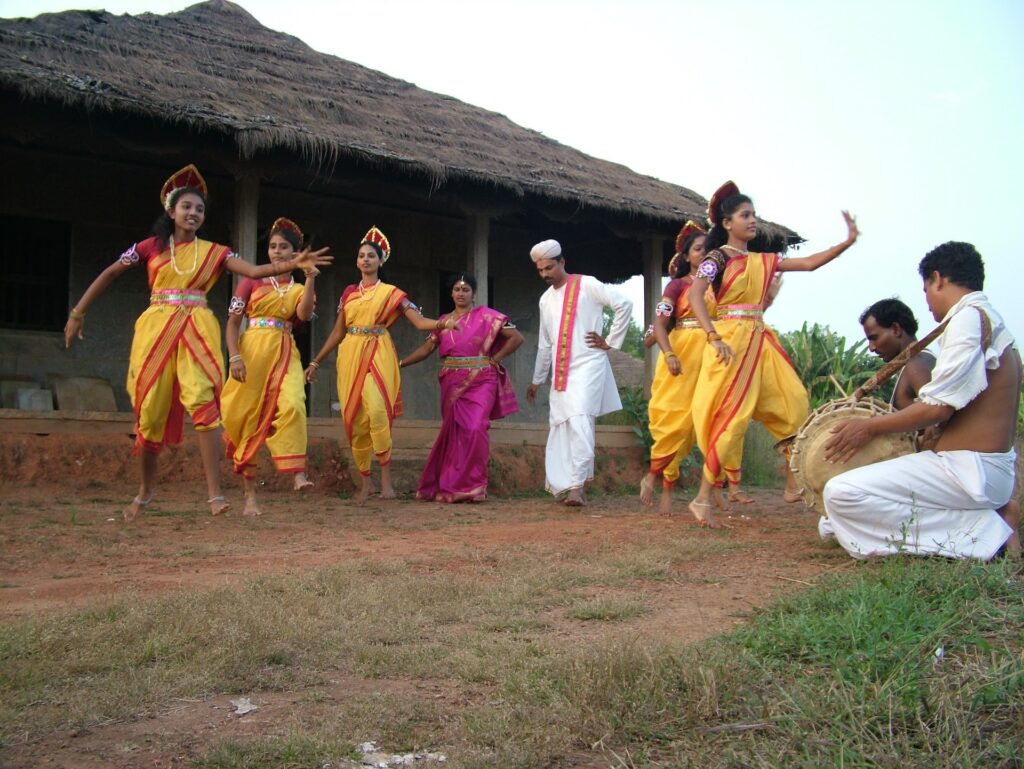Who invented the Kannada language?

The Kannada language, like many languages, did not have a single inventor or a specific point of origin. It evolved over a long period of time through natural linguistic processes and historical developments. Kannada is a Dravidian language, and it has a rich history in the southern Indian state of Karnataka.
The earliest known inscriptions in Kannada date back to the 5th or 6th century CE. These inscriptions indicate that Kannada was already in use as a language with its own script and literary traditions during that time. The evolution of Kannada can be traced back to earlier Dravidian languages, and it was influenced by Sanskrit and Prakrit languages as well.
Kannada has a rich literary tradition, with early works like the “Kavirajamarga,” a 9th-century literary work written by King Amoghavarsha I, which serves as a guide for poets and writers, demonstrating the existence of a well-developed Kannada language and literary culture.
Kannada continued to evolve and develop over the centuries, with contributions from poets, scholars, and writers who enriched the language’s literature, grammar, and vocabulary. There were many notable figures in the history of Kannada literature, such as Pampa, Ranna, and Basava, who played significant roles in the development and popularization of the language.
In summary, Kannada, like all languages, has a complex and ancient history that involves the contributions of many individuals and the influence of various linguistic and cultural factors. It was not “invented” by a single person, but rather it emerged and evolved naturally in the region over a long period of time.
